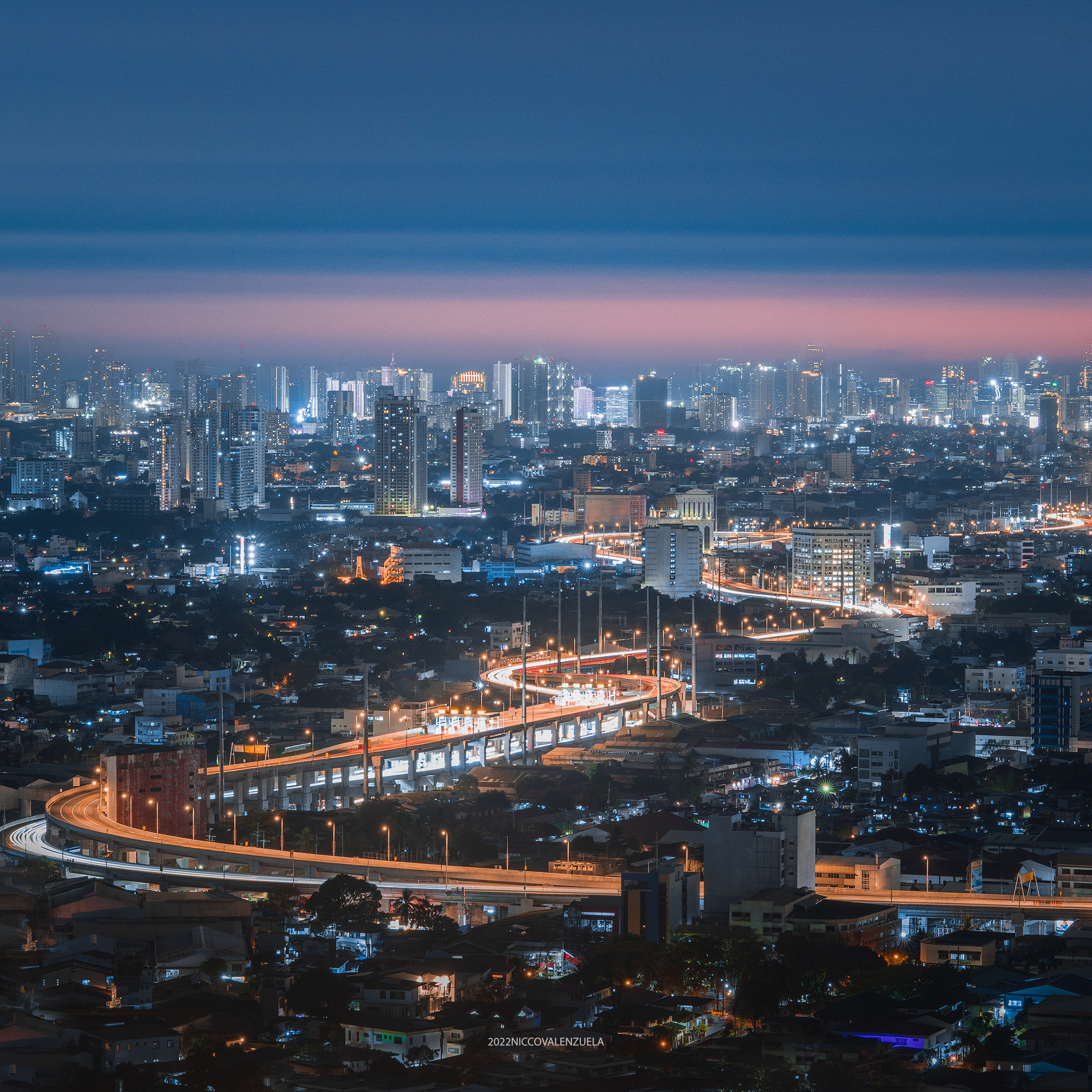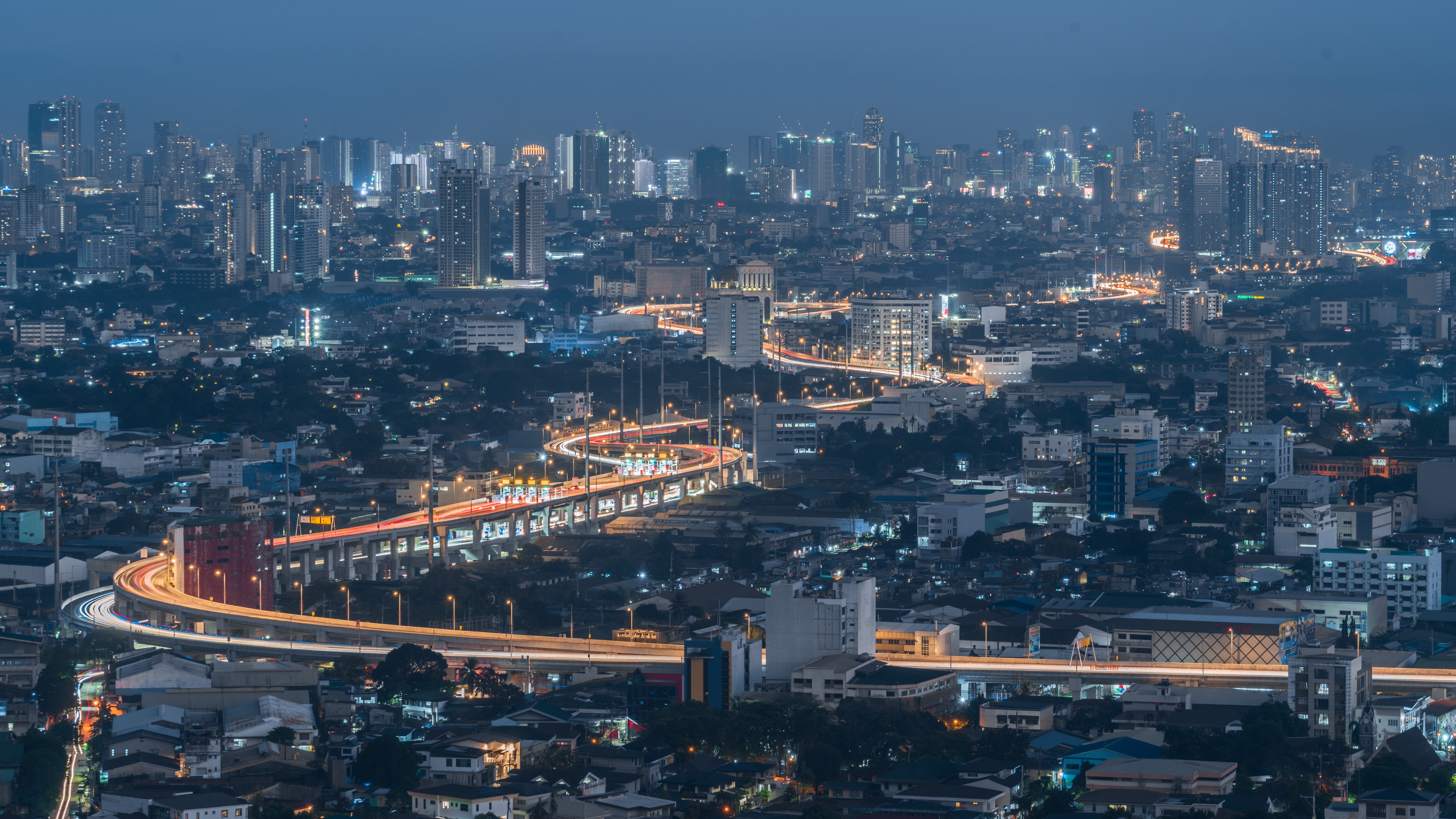https://cdn.fstoppers.com/media/2022/04/05/4127351f-fb56-4592-a8a1-d3ba1c67cf79.jpeg
Photographing a busy city doesn't have to be complicated. If you don't have filters and other specialized tools for landscape and city photography, here are some tips to do it easily.
Landscape photography in an urban environment has its own unique charm. While the weather and lighting environment affect it similarly to a landscape, the movement of countless visual elements in the city, as well as the glare of artificial lighting, have a unique charming aesthetic. At the same time, photographing cityscapes can be a great way to master outdoor exposure techniques as well as how to overcome challenges in the environment.
[embed]https://www.youtube.com/watch?v=FjdFBQYK91w[/embed]
Like landscape photography in general, cityscapes can be photographed in many different styles depending on what you intend to capture and how you want to photograph the location. The city can be seen from different vantage points and at different times of the day. At the same time, various display and visual design techniques can be used to come up with a unique and attractive image. In this article, let's talk about three of the simplest tips for your first attempt at photographing cityscapes.
Shooting without filters
Filters are undoubtedly very useful in cityscape photography. It solves one of the most common problems when shooting during the day, which is the illumination imbalance between the sky and the city or the foreground, which is due to dynamic range limitations. This is solved through the appropriate use of GND filters. In the absence of those, this can be done by shooting with exposure in brackets. This means shooting at least three consecutive exposures with increased brightness to be able to capture enough light for differently lit sections of the frame. Most cameras offer this feature onboard, and the resulting images can be combined automatically through Adobe Lightroom Classic.

On the other hand, Neutral Density (ND) filters are useful for being able to do long exposures during the day when the light is plentiful. However, no matter how obvious it is, some photographers tend to be too religious to make long exposures even in situations where they are not necessary.

Long exposures during the day are useful when there are a lot of moving elements in the frame, and the movement they make can create attractive patterns when they leave a trail. In the city, this can be seen in fast-moving clouds, moving vehicles, and flowing water when available. However, when none are available on site, making quick exposures is a better approach. It not only saves time and effort, but also allows you to look deeper into the location and find more shooting angles and layouts.
Choose your focal length
There is a misconception that the best lens for cityscapes is the ultra-wide-angle lens. This is mostly due to the possible indication of a desire to show as much of a view as possible from a given point of view. However, the truth is that many cityscapes (and even landscapes) are far from the point of view of interest. Shooting with a wide angle lens in such a situation means that the plot of land you want to show will be very small and insignificant in the frame.

If you only have one lens, the standard zoom will still be the most versatile. A 24-70mm lens or the equivalent focal length of your kit lens will allow you to shoot wide at 24mm and zoom in as large as 70mm. However, the best lens for a particular shooting situation will depend on how far you are from the scene you want to show and how it fits into the intended composition. If you have multiple options, choosing which lens to use is a lot like choosing a shirt to wear. You choose the shirt that matches the way you want to see yourself (theme). This does not necessarily mean always filling the tire by zooming the tire to the corners instead; This means using the space artistically to come up with a visually appealing image.
Perfect timing for the right lighting
Cityscape photography can be done at any time of the day. However, the quality of the light and its effect on your image will vary greatly. Some of the simplest ways to photograph cityscapes occur in just 16% of your 24 hours each day.
It is a known fact that the best time to photograph landscapes and cityscapes is within two hours around sunrise and sunset. This is true because this happens when the lighting is more balanced in terms of sky and foreground and at the same time; The sun's rays have a more vibrant quality that matches the blue sky best. Photographing cityscapes during sunset can give you some of the most dynamic compositions you can do in a city due to how lights and shadows interact to create multiple visual layers within the frame. This is best seen when the area of the city you are photographing is exposed to sunlight from the side. The sun casts a strong, warm light on the unobstructed structures, and then these structures create long shadows that cast long shadows on everything behind them. Even without filters, without having to do long exposures, these conditions produce very dynamic and lively city images.

On the other hand, the simplest tip for getting good cityscape photos is to shoot during blue hour. This blue hour occurs just a few minutes after the sun sets completely below the horizon. The sky remains relatively bright with a blue tint due to the indirect residual effect of the sun as it drops more to the bottom and dims enough to allow the city lights to shine with it. During that short moment of balancing natural and artificial light, you can create dynamic images with an abundance of color. If you are shooting with a tripod, the added benefit of shooting with long exposures will allow you to capture the action from vehicular traffic to represent city life in your photos.
The most important aspect of cityscape photography, or any type of photography for that matter, is the clear imagined image and artistic intent. When guided by the result you aim to produce, all other factors remain secondary, and the ability to manage them leads to impressive photographic results.
#Photography


Comments
Post a Comment